Who was Leonardo Da Vinci? What were the main periods in his life? Where are his most famous portraits today?
To celebrate Leonardo Da Vinci's birth anniversary this year, join us as we find answers to some of the common questions asked about the great master. We'll take a look at the highlights of his life, his famous portraits as well as a few curious facts about the life and legacy of the most celebrated Italian polymath.
TABLE OF CONTENTS
Who was Leonardo Da Vinci?
Early Life in Vinci and Florence
How did Leonardo Da Vinci start a career in art?
Early Art Career in Florence (1467-1482)
The Duke's Painter and Engineer in Milan (1482-1499)
Return to Florence (1500-1508)
Return to Milan (1509-1513)
Human Anatomy and Art
Why is Leonardo Da Vinci called the Renaissance Man?
Later Years in Rome and France (1513-1519)
What can we learn from Leonardo Da Vinci's life?
Curious Facts about Leonardo Da Vinci
Where are Leonardo Da Vinci's most famous portraits?
Perfect oil paint palette for your portraits

Who was Leonardo Da Vinci?
Leonardo da Vinci is one of the greatest painters of all time, and one, if not the greatest figure of the Renaissance period. He was a thinker that was way ahead of his time. Driven by the strong urge to quench his curiosity as well as to gain as much knowledge by study and practice, Leonardo Da Vinci became a master in various occupations - as an anatomist, architect, engineer, scientist, inventor, geologist, cartographer, sculptor, and painter. Today, he is known to be the ideal "Renaissance Man" and the genius behind the widely considered most sought after, most expensive painting in the world and one of his famous portraits, the Mona Lisa.

Early Life in Vinci and Florence
Leonardo di ser Piero da Vinci was born on the 15th of April 1542 in a small town called Vinci in Florence. Leonardo was born the illegitimate son of Piero da Vinci, a notary, and Caterina di Meo Lippi, a peasant of Eastern descent. Note that during the Renaissance period, Italy was divided and dominated by five self-governing great states - Venice, Florence, Milan, the Papal States, and the kingdom of Naples.

Leonardo was raised by his father, two stepmothers, and uncle in their family's estate in Vinci. The majority of his formative years in this town were spent with his uncle, Francesco. It was Francesco who helped rear the young Leonardo and was instrumental in opening Leonardo's eyes to the love of nature and the seeking of knowledge.

By the mid-1460s, Leonardo's family moved to Florence. Around this period, his father and grandfather began wondering what to do with the young Leonardo. Because of his illegitimacy, he has very limited options for a respectable profession. In 1466, after seeing his son's promising talent in drawing, Leonardo's father used his social status and instantly apprenticed his son to the Medici's favored artist, renowned Florentine painter, sculptor, and goldsmith, Andrea del Verrocchio. To this, Leonardo complied very willingly.
"But the greatest of all Andrea's pupils was Leonardo da Vinci, in whom, besides a beauty of person never sufficiently admired and a wonderful grace in all his actions, there was such a power of intellect that whatever he turned his mind to he made himself master of with ease."
-Georgio Vasari (1511-1574)
Artist, historian, and author of Lives of the Most Eminent Painters, Sculptors, and Architects
How did Leonardo Da Vinci start a career in art?
Leonardo was educated and received multifaceted training at the prominent workshop of Andrea del Verrocchio in Florence. This included painting, sculpture, and mechanical arts or artes mechanicae, which at that time refers to any of the "applied arts" - architecture, engineering, masonry, warfare, trade, cooking, weaving, agriculture, blacksmithing, and metallurgy. In just a few years, Leonardo became the top apprentice and by the 1470s started painting for the studio's commissions while the master focused on sculptures.

Early Art Career in Florence (1467-1482)
When referring to Leonardo Da Vinci, the Renaissance historian Giorgio Vasari mentioned that however young, Leonardo had such a marvelous mind that besides being a good geometrician, he molded head sculptures as if they were created by a master's hand. Also at a young age, Leonardo made many designs for architecture and was also the first to suggest the making of a channel for the river Arno from Pisa to Florence.

When Leonardo worked on an old unfinished painting by Andrea del Verrochio - which was The Baptism of Christ - and painted the leftmost angel, he did it so well that his work ended up looking so much better than Verrocchio's. It is said that for this reason, Verrocchio vowed to never touch colors again and instead focused on his sculptures.

In 1472, by the time he's twenty, the prestigious Painter's Guild of Florence accepted Leonardo Da Vinci into their ranks. He still chose to work for Verrochio for a few more years while being a member of the guild. Eventually, he went out to be his own master.
By 1481, Leonardo received a big project, the Adoration of the Magi, commissioned by the Augustinian monks of San Donato in Scopeto, Florence. Leonardo created many beautiful studies of complex composition full of detailed figures, set surrounding the Virgin Mary and Child Jesus in a semicircle.

Around this time, Leonardo started becoming dissatisfied with his life in Florence. His diminished ardor began taking a toll on his personal and professional life. Redemption came in as a commission shed light on the opportunity to work for the Regent of Milan, Ludovico Sforza, and his court. Leonardo wrote a combined cover letter and resume addressed to the duke applying for a position in his court.
The Duke's Painter and Engineer in Milan (1482-1499)
In 1482, Leonardo moved to Milan to serve in the court of the de facto ruler Ludovico Sforza, leaving his Adoration of the Magi and Saint Jerome in the Wilderness unfinished. He was assigned the title "Painter and Engineer of the Duke" and lived in Milan for 17 years. Although Leonardo's application letter mostly specified his talents in engineering and designs for warfare, his first major work in Milan was a painting Virgin of the Rocks.

Leonardo eventually became a prominent and loved figure in Ludovico Sforza's court. In 1495 he was tasked by the Sforzas to create a mural on an end wall of the dining hall at the monastery of Santa Maria delle Grazie in Milan, Italy. This was the famous Last Supper which he worked on until 1498. It was also around this period that he painted the Portrait of a Musician and the Lady with an Ermine.

More important than all his usual duties of creating weapon designs, party planning, stage sets design, and creating beautiful things, he was commissioned to erect a 20-foot bronze monument in honor of Ludovico Sforza's father. For years, he created plans and designs of execution, molds, studies, and models. At the time when he successfully created a 20-foot clay cast, the French invaded Milan and idle archers used the model of the horse for crossbow practice. Because the political situation took a turn for the worst, and his patron Ludovico Sforza has fled, Leonardo left Milan in 1499.

Return to Florence (1500-1508)
After a detour to Venice, Leonardo returned to Florence in 1500 and was received with honor as a renowned native son. He was immediately assigned a project and appointed as an architectural expert on a committee that was tasked to investigate damages to the structure of the San Francesco al Monte.
In 1503, he received what would have been his biggest painting commission, the Battle of Anghiari would have been rendered across Michelangelo's Battle of Cascina at the great council hall or the Sala del Gran Consiglio of Palazzo della Signoria or Palazzo Vecchio in Florence. This massive mural would have been twice as large as the Last Supper. Unfortunately like Michelangelo's supposed mural, this was left unfinished. Today, Leonardo's Battle of Anghiari is popularly referred to as "The Lost Leonardo."

Around the same time as his study and planning for the big mural, Leonardo painted the Mona Lisa. Considered to be the very model of an Italian Renaissance masterpiece, it has been described by British journalist John Lichfield as "the best known, most visited, the most written about, the most sung about, and the most parodied work of art in the world" in his 2009 article in the Independent UK.
Return to Milan (1508-1513)
Leonardo Da Vinci initially returned to Milan in 1506 by the summon of the French governor Charles d'Amboise, who asked the Republic of Florence to let Leonardo go. He visited for a short while and only settled back in Milan after spending 1507 to 1508 helping sculptor Giovanni Francesco Rustici in executing his bronze statues for the Florence Baptistery.
In this period, Leonardo enjoyed his duties. He was admired and cherished by his new patrons Charles d'Amboise and King Louis XII, who were generous and tasked him mostly to advise in architectural matters. It is said that Leonardo created very little as a painter around this time but he gathered his old pupils Salai and Bernadino de Conti as well as new ones like Bernardino Luini, Cesare da Sesto and Francesco Melzi who would later become his most faithful friend and heir to his artistic and scientific estate.

Leonardo's friendship and collaboration with Marcantonio della Torre, a famous anatomist, furthered his expansive anatomical studies. They dissected many human cadavers and Leonardo drew very detailed notes to broaden their anatomical works.
In 1512, the Sforzas regained Milan but Leonardo's esteemed patron had been dead for years by then. At the behest of Giuliano de Medici, Leonardo moved to Rome where Pope Leo X, a Medici, was ruling.
Human Anatomy and Art
Leonardo began studying human anatomy primarily to improve the realness of his art. Italian humanist and artist Leon Battista Alberti (1404-1472) emphasized in his book De Pictura or On Painting -- a book that Leonardo truly embraced -- the importance of anatomical study because depicting humans and animals requires an understanding of what they are made of inside.
Fascinated by the figura istrumentale dell' omo or man's instrumental figure, Leonardo dissected many human cadavers as he sought to understand the physical workings of the human body. This broadened his anatomical works and anatomy became a separate branch of study.

Why is Leonardo Da Vinci called the Renaissance man?
Leonardo has been described as the very picture of a Renaissance Man because he had many talents and areas of knowledge. He was a man of insatiable curiosity which drove him to not only study his many interests but also prove or disprove his learnings by doing and experimentation. He was interested in how things work and would persistently study a single object for days, weeks, even months.

Leonardo Da Vinci was great at many things, not only as a painter, but also as a sculptor, musician, architect, engineer, scientist, anatomist, mathematician, inventor, geologist, and cartographer. He also chronicled his thoughts, designs, studies, and experiments in notebooks. He had a very imaginative mind that he even had several plans for "flying machines" one of which slightly resembled our helicopters today. It was truly unfortunate that his notebooks were never published during the Renaissance. Imagine what cool scientific advancements they could have had!
Later Years in Rome and France
Due to the political turmoil, the expulsion of the French from Milan, and at the behest of Giuliano de Medici, Leonardo moved to Rome accompanied by his pupils Salai and Francesco Melzi. Giuliano de Medici gave Leonardo a sizable stipend and situated the master in his residence, the Belvedere. Although Rome at that time was full of great artistic activity with Raphael, Bramante, and Michelangelo, no large commissions came for Leonardo.
Perhaps embittered by all this, after three years, Leonardo accepted King Francis I of France's offer to work in his court. By the end of 1516, Leonardo left Italy and moved to France with his trusted pupil and friend Francesco Melzi.

King Francis I of France who was very fond of Leonardo, gave him Maison du Cloux - now called Ch^ateau du Clos Luc'e, a large ch^ateau located in the center of Amboise near the king's summer residence. He was assigned the title Premier peintre, architecte et m'ecanicien du Roi, or First painter, architect, and engineer to the King.
Leonardo did little painting around this time and spent the majority of his days arranging and editing his scientific studies. As part of his duties, Leonardo still made sketches for court parties. King Francis I treated him not as an employee but as an honored guest of his court. It is said that decades after Leonardo's death, King Francis I still talked about Leonardo Da Vinci with admiration and esteem. Leonardo Da Vinci died at Maison du Cloux in 1519 and was later buried in the palace church of Saint-Florentin.
"The loss of Leonardo was mourned out of measure by all who had known him, for there was none who had done such honor to painting. The splendor of his great beauty could calm the saddest soul, and his words could move the most obdurate mind. His great strength could restrain the most violent fury, and he could bend an iron knocker or a horseshoe as if it were lead. He was liberal to his friends, rich and poor, if they had talent and worth; and indeed as Florence had the greatest of gifts in his birth, so she suffered an infinite loss in his death."
-Georgio Vasari (1511-1574)
Artist, historian, and author of Lives of the Most Eminent Painters, Sculptors, and Architects
What can we learn from Leonardo Da Vinci's life?
#1 Start journaling.
Or at least take note of your thoughts. Leonardo Da Vinci chronicled his studies, his thoughts, even the things he did wrong, and how he made them right! He wrote thousands of pages of ideas in various fields which still exist to inspire, 500 years later.
Sometimes we come up with really cool but random ideas that may not be relevant to our immediate situation. If you start now, you'll eventually have a book full of random ideas that might just save you one day when you hit a creative block. Thinking of starting? Read more about here: 6 Mindful Journaling Tips for Beginners
#2 Be curious, seek answers.
Leonardo Da Vinci's genius did not come from a superhuman brain nor from magic. He simply is just super curious. This curiosity drove him to question, and then study and then prove or disprove his answers. In this way, he was able to fully experience the world around him and made his mind rich along the process. While you're at it, take notes.
#3 Collaborate with others.
Some believe that the truly successful are those who retreat to think on their own. Leonardo Da Vinci learned through his study in Verrochio's studio and later by collaborating with other artists. He surrounded himself with like-minded people that would only enrich his mind and practice. Just like what author of the 2017 biography Leonardo Da Vinci Walter Isaacson said, "Genius starts with individual brilliance. But executing it often entails working with others."

Curious Facts About Leonardo Da Vinci
#1 Leonardo Da Vinci was born left-handed
Although Leonardo was recently proven to be ambidextrous, he was dominantly a lefty. He was also known by his contemporaries as "mancino" which is Italian slang for a left-handed person. It is worth noting that Da Vinci scholars and experts today look for signs of left-handedness to authenticate the master's work.

#2 Leonardo Da Vinci writes all his personal notes from right to left
And one theory as to why Leonardo da Vinci wrote his personal notes in mirror script is so that he can keep his hand clean. Such is the case with lefties.

#3 Michaelangelo Buonarotti and Leonardo Da Vinci were rivals
According to British art critic and historian Jonathan Jones' book The Lost Battles: Leonardo, Michelangelo and the Artistic Duel that Defined the Renaissance, the rivalry between the two great artists began at the turn of the century in the 1500s when Piero Soderini and the Florentine Republic commissioned both artists to paint rival battle frescos. These massive paintings were intended to decorate the walls in the great council hall or the Sala del Gran Consiglio of Palazzo della Signoria or Palazzo Vecchio in Florence. Leonardo was to paint the Battle of Anghiari facing Michelangelo's Battle of Cascina.


Where are the most famous portraits by Leonardo Da Vinci?
Although Leonardo Da Vinci is one of the greatest and most influential artists from the Renaissance period, he only painted a handful of artworks. The polymath had a diverse range of interests and within his lifetime, he did not only excel as an artist but also as an architect and engineer among many other professions.
Thinking of creating your own portraits? Check How to Draw a Basic Portrait for some guidance.
You already know the Mona Lisa, now, let's take a look at some of Leonardo Da Vinci's other famous portraits.
Lady with an Ermine (ca. 1489-90)
My personal favorite among Da Vinci's famous portraits, the Lady with an Ermine is known to be a portrait of Cecilia Gallerani, the mistress of Ludovico Sforza, 7th Duke of Milan, and the famous patron of Leonardo Da Vinci. Ludovico Sforza kept Cecilia in his ducal palace until his new wife, Beatrice d'Este found out about the relationship. The Lady with an Ermine is currently housed at the Czartoryski Museum in Krak'ow, Poland.

La Bella Principessa (ca. 1495-1507)
Another one of Leonardo's famous portraits is the recently discovered La Bella Principessa, currently housed in a private collection in Switzerland. The portrait rendered on vellum is a very controversial piece not only because of its recent discovery but because art historians and Da Vinci scholars are still debating on who the sitter truly is. Some art historians insist that the sitter is Bianca Sforza, the illegitimate daughter of Lodovico Sforza, 7th Duke of Milan and patron of Leonardo Da Vinci, while other Renaissance art scholars believe her to be the portrait of the beautiful Angela Borgia Lanzol, cousin and lady-in-waiting of Lucrezia Borgia of Ferrara.

La Scapigliata (ca. 1506-08)
Made of oil, earth, umber, and white lead on wood, La Scapigliata is another one of Leonardo Da Vinci's famous portraits and it's an unfinished one. The small painting features a head of an unknown young woman loosely rendered with disheveled wavy hair and that mysterious slight smile reminiscent of the Mona Lisa's. Generally known for the painting's beauty and Leonardo's mastery of sfumato, one assumption is that it's purposefully unfinished. La Scapigliata is currently housed at the National Gallery, Parma, Italy.


Thought of delving deeper into the life of Leonardo Da Vinci? Get a next-level immersion by watching the 1970s TV Mini-series The Life of Leonardo Da Vinci or the more recent one Leonardo on Amazon.
Got inspired to paint because of Leonardo Da Vinci's genius and famous portraits? Learn more about starting your portrait project right, check out this toolkit article: Oil Color Mixing: Figurative & Portrait Painting, and Skin Tones. Start painting beautiful portraits with ZenART Infinity Series Portrait Palette. This oil paint set has everything you need to paint that memorable portrait. Want to share your portrait paintings? Share them below and let's start a conversation! Happy painting!
- MEET THE AUTHOR-

Fabrianne is the Ambassador of Art Buzz at ZenART, resident eccentric pocket-sized art curator, editor, and art world liaison. She builds and develops relationships with the arts community and makes sure that ZenART's inspirational articles get to you "hot off the press." She co-founded an online contemporary art gallery, worked with over 100 artists on exhibitions and performances, wears only black clothes and when she's not creating buzz or curating and saturating in art, still daydreams of becoming a quirky Wes Anderson film character.
References:
The Annunciation, by Leonardo da Vinci, Public Domain, https://commons.wikimedia.org/w/index.php?curid=2204441
Da Vinci's Mother Revealed, https://www.ox.ac.uk/news/2017-05-26-identity-leonardo-da-vinci%E2%80%99s-mother-revealed-new-book
Colette-White, M. (2010) Book asks who's greater, Michelangelo or Leonardo? www.reuters.com/article/uk-book-michelangelo-idUKTRE62T2NW20100330
Vasari, G. (1550) Excerpt: Lives of the Most Eminent Painters, Sculptors, and Architects, web.mnstate.edu/gracyk/courses/web%20publishing/Vasari_daVinci.htm
Heydenreich, L.H.,(1998) Leonardo Da Vinci Biography, Art, Paintings, Drawing, https://www.britannica.com/biography/Leonardo-da-Vinci
Bambach, C., Da Vinci Left Handed Proof, The Head of the Virgin in Three-Quarter View Facing Right, https://www.metmuseum.org/art/collection/search/337496
Isaacson, W., Medium, The Nature of the Human Body, https://medium.com/s/leonardo-da-vinci/the-nature-of-the-human-body-e7b27b494051
Vitruvian Man, by Leonardo da Vinci, Public Domain, https://commons.wikimedia.org/w/index.php?curid=2738140








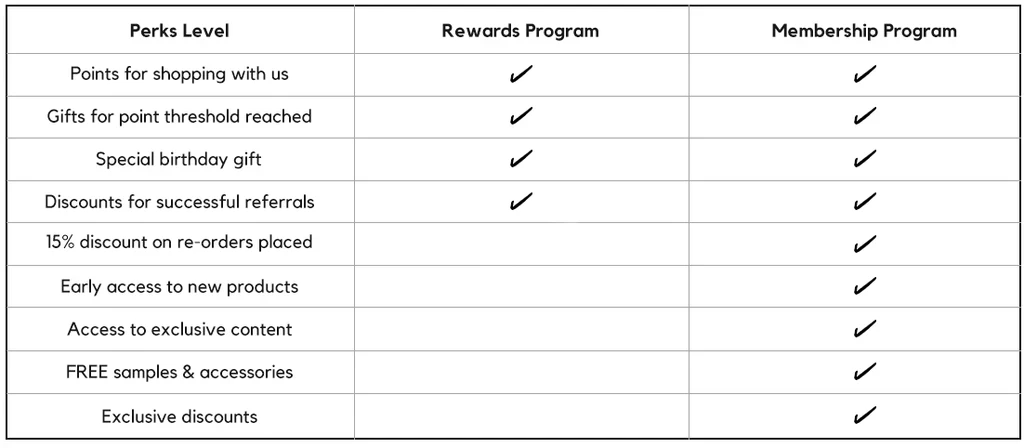





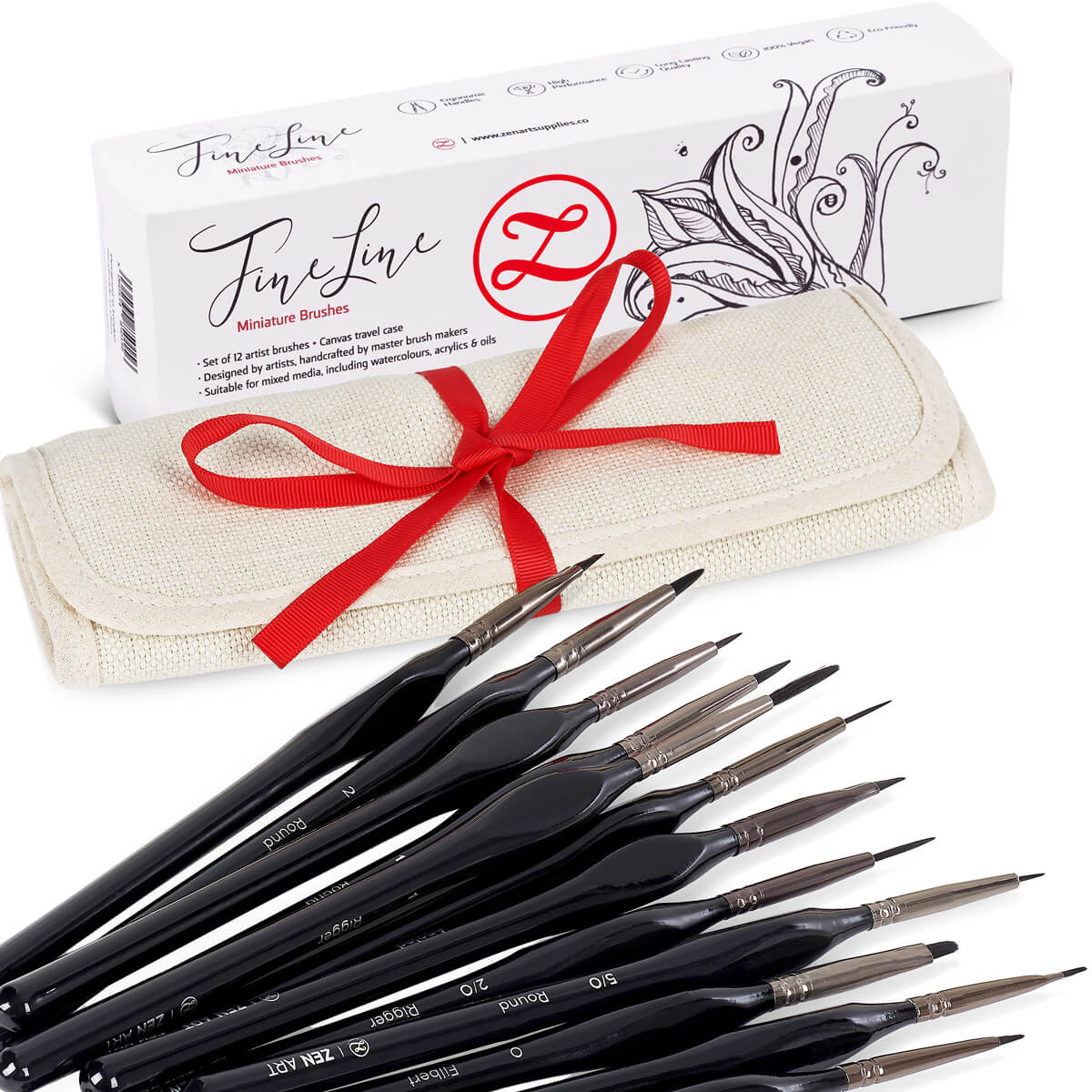
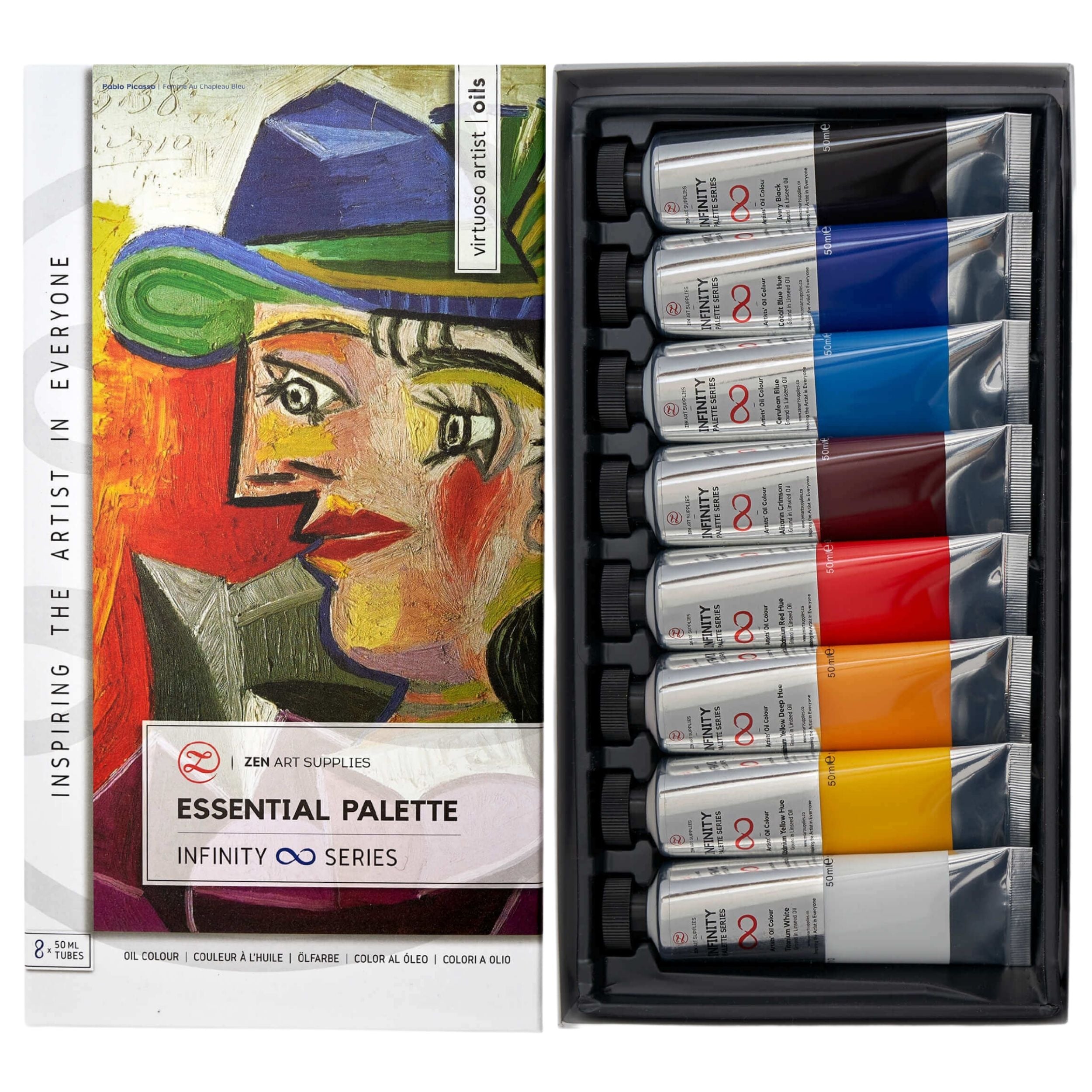
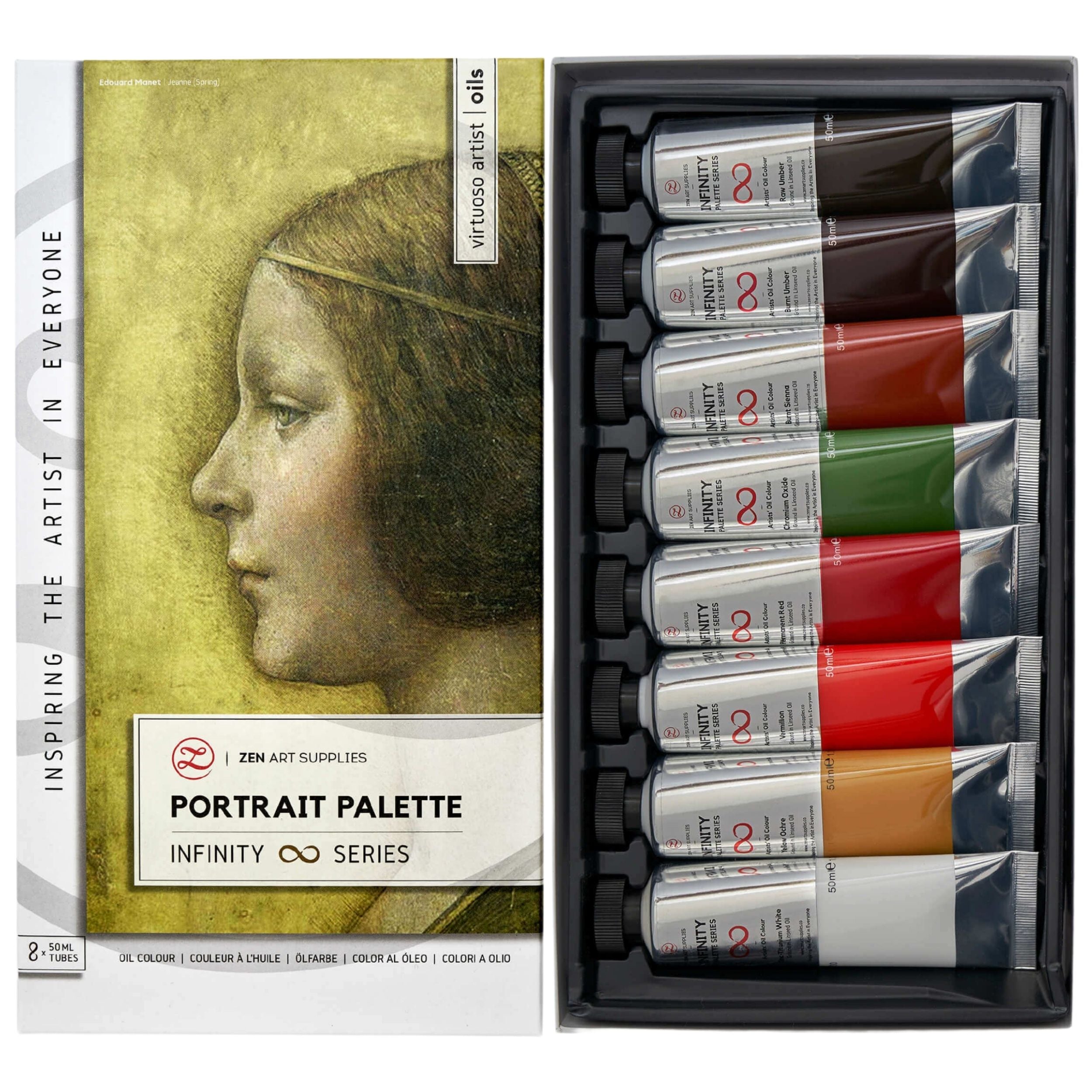
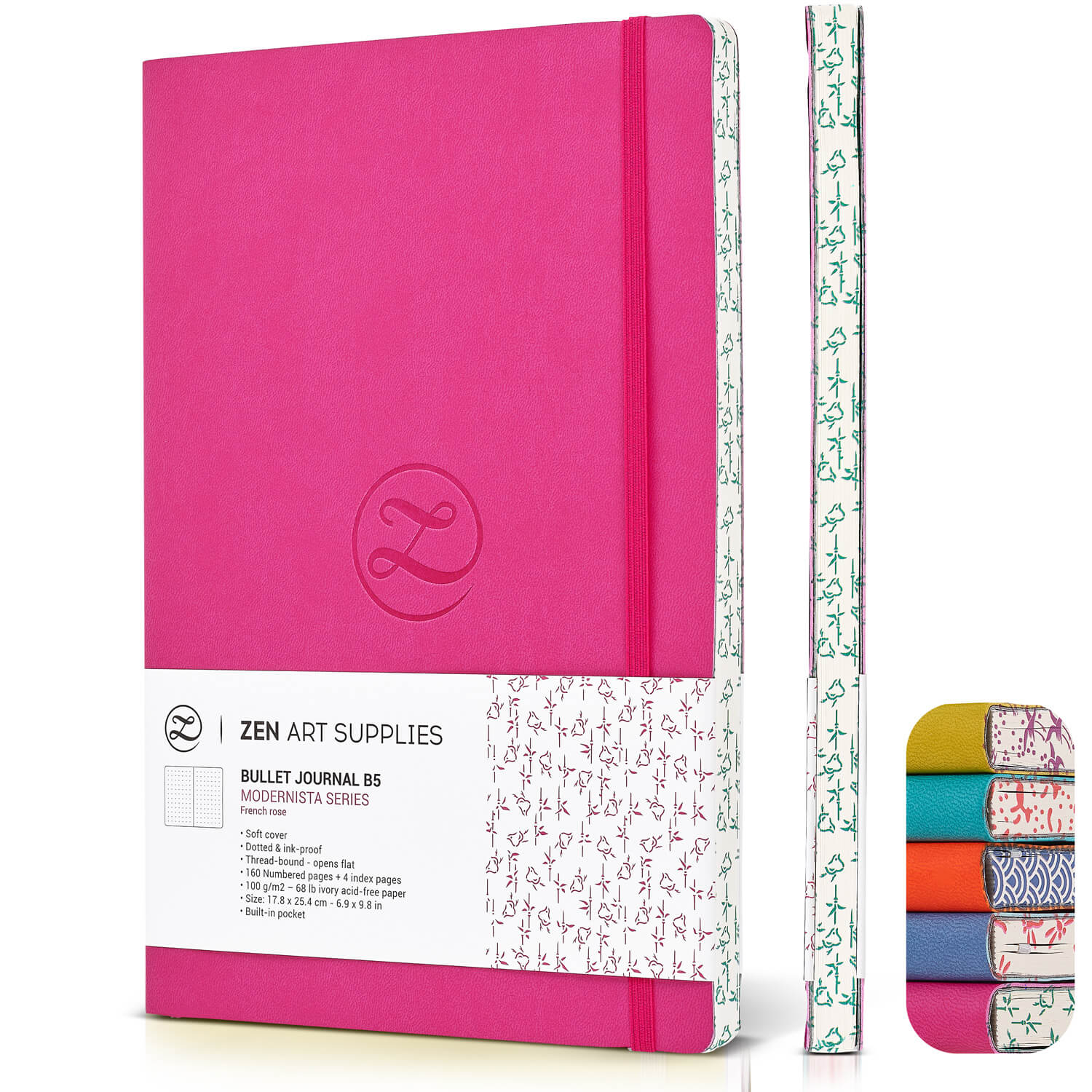
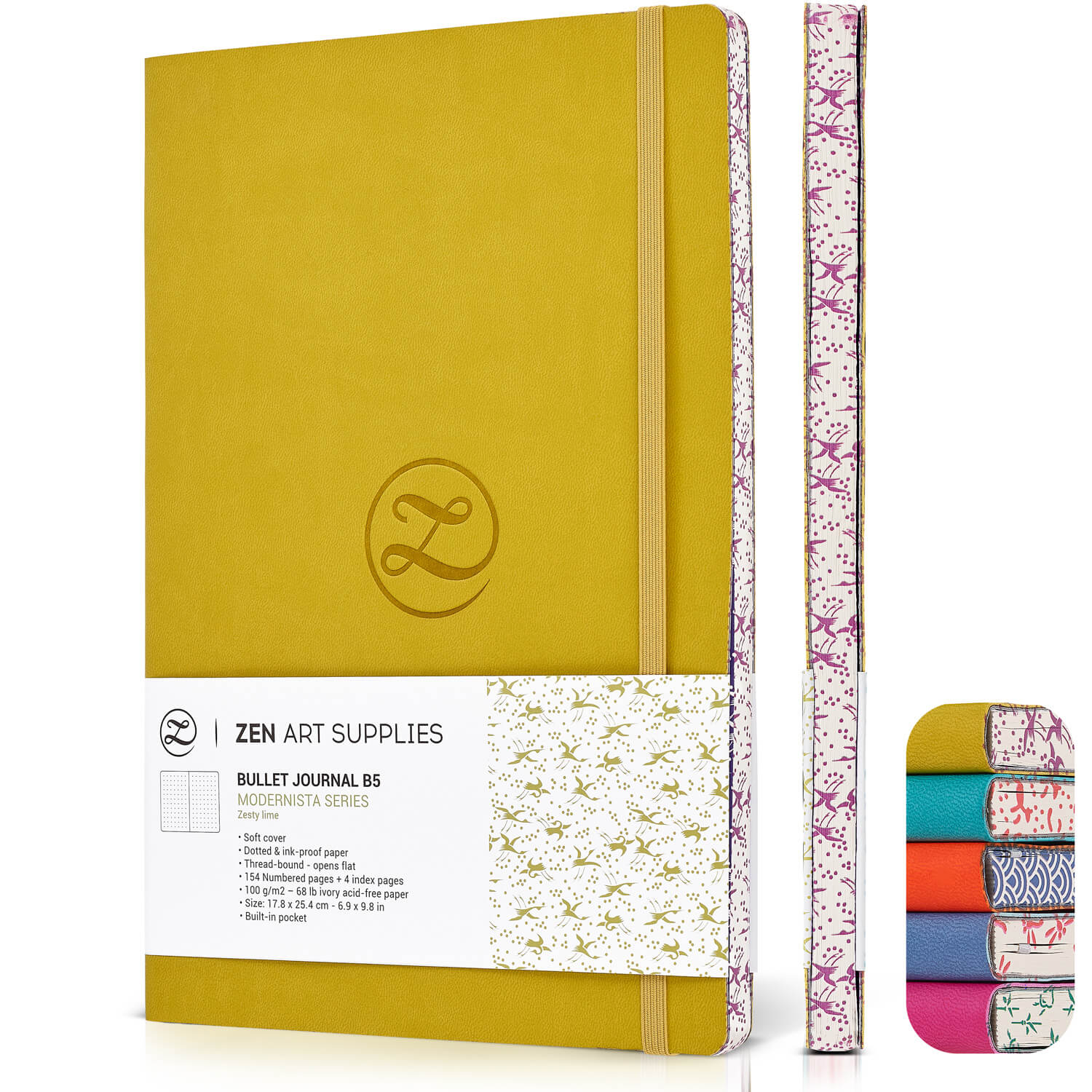
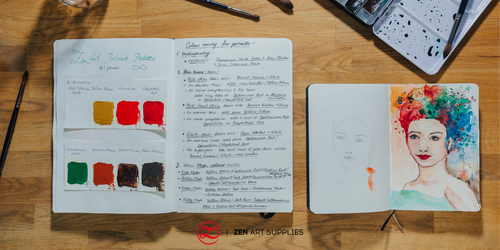
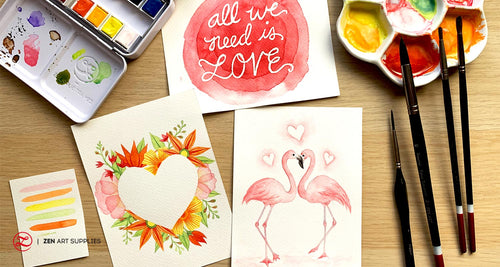
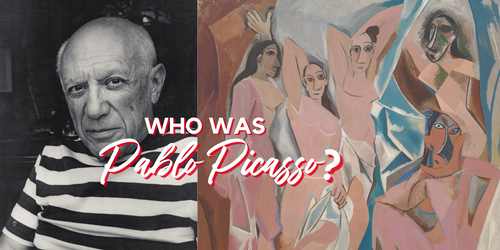
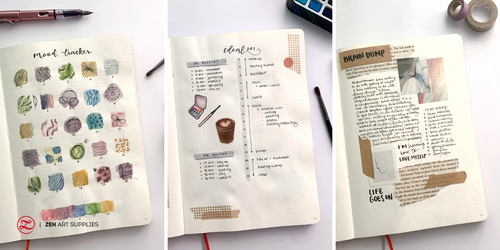
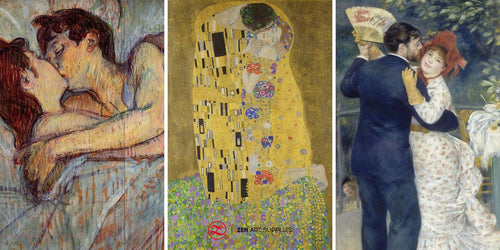
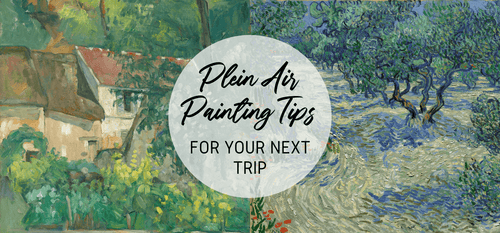
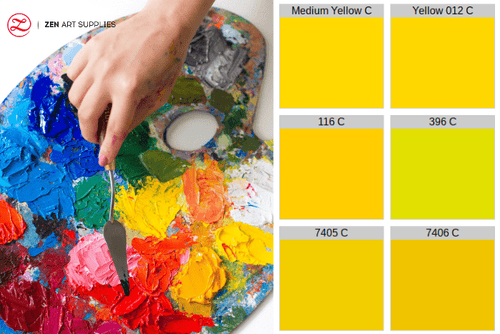




Leave A Comment